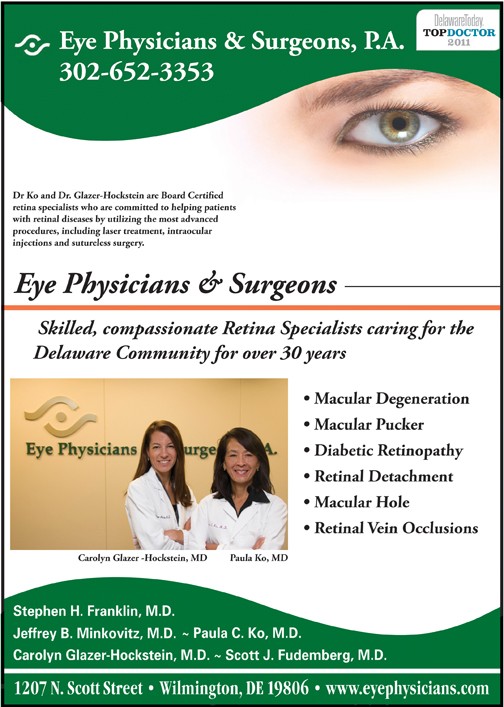Diabetes And Risk Of Blindness!
By Dr. Paula Ko
Diabetic control is incredibly important in decreasing your risk of blindness and needing laser or eye surgery. There are many things that you can do to prevent vision loss from diabetes.
Diabetic Control starts with a proper diabetic diet, daily exercise and maintaining ideal body weight.
These are 3 simple ideas but difficult to implement. It requires patient knowledge, discipline, and desire! Hope this simple explanation helps you. It is applicable if you are “pre-diabetic”, a diet controlled diabetic or if you take pills and/or insulin.
Green means GO
Healthy Foods for Diabetics
1. Most all vegetables – asparagus, broccoli, broccoli rabe, cauliflower, beans, snap peas, cabbage, kale, carrots, mushrooms, peppers, zucchini, onions
2. Fish – grilled or baked
3. Chicken grilled or baked
4. Turkey – not processed sandwich meat but baked or sliced
5. Salads with lettuce, spinach, kale or cabbage
6. Olive oil
7. Nuts (walnuts, almonds)
8. Chick peas and lentils
9. Avocados
10. Egg whites and egg white omelets
11. Canola oil
12. Quinoa
13. Low fat cheese
14. Unsweetened soy or almond milk
15. Oatmeal with cinnamon
16. Sardines and anchovies
17. Seafood – not breaded
18. Pickles
19. Coffee 1-2 cups/day
20. Tea – black or green
21. Beans
22. Garlic
23. Tofu
24. 1% or fat-free cottage cheese
25. Hummus
26. Low fat yogurt (no sugar added – Greek is good)
27. Olives
28. Water
29. Club Soda (can use lime or lemon)
30. Sauerkraut
31. Tumeric seasoning
32. Curry seasoning
Yellow means CAUTION
Healthy foods – eat in moderation a few times a week and only as a side dish.
1. Whole grain bread- try open face sandwiches for fewer carbohydrates
2. Brown rice, basmati rice or long grain rice – eat small portions (25% of your plate)
3. Whole grain pasta – eat as side dish only and cook al dente (slightly firm and not overdone)
4. Red sauce – no added sugar. Consider making your own.
5. Low glycemic index fruits: cherries, grapefruit, prunes, peaches, pears, plums, apples, apricots (can be dried), strawberries, blueberries, raspberries
6. Sweet potatoes
7. Rye bread – only one piece
8. Small portions of beef (90-95% lean) or venison, bison, lamb loins, veal loins. Consider using red meat as something to season food with not the main dish.
9. Whole eggs that are Omega-3
RED Means NO
Do Not Eat These Foods
1. White rice
2. White bread
3. White pasta
4. White potatoes in any form (mashed, baked, fried)
5. Cakes
6. Candies
7. Sodas (including diet)
8. Most processed foods and fast food restaurant food
9. Sucrose (table sugar)
10. High Fructose Corn Syrup (found in many foods)
11. Pizza
Healthy Exercise/
Lifestyle Guidelines
1. Walk, walk, walk everyday at least 45 minutes. Make sure your heart rate is raised when you walk.
2. Always take the stairs instead of elevators and park farthest away in parking lot from your destination requiring more walking.
3. If you can’t walk due to knee or feet problems, consider an exercise bike.
4. Try to set up an exercise schedule as a daily routine and do it with a friend, spouse, or pet. Studies show you will keep up the routine if you are committed to somebody else.
5. In order to keep a healthy weight, always keep food portions small, if looking to lose weight, try to significantly minimize carbohydrate intake. Most carbohydrates are found in the red and yellow section of this article.
6. A study has shown that 90% of type 2 diabetics are overweight or obese. Determine a realistic goal for weight loss and use this as a guideline for weight loss that includes a change in lifestyle and habits for the long term.
1. The Glycemic Index Diet By Rick Gallop
2. GL (Glycemic load) Counter By Dr. Mabel Blades
3. Brain Maker By Dr. David Perlmutter
Dr. Glazer-Hockstein graduated Cum Laude from Jefferson Medical College. She was a member of the Hobart Armory Hare Honor Medical Society and was elected to the Alpha Omega Alpha Honor Society. She also received the Carol R. Mullen prize in ophthalmology. She completed her residency at the Scheie Eye Institute, University of Pennsylvania. During that time she was elected Chief Resident. After residency, Dr. Glazer-Hockstein completed a two years medical retina fellowship at the Scheie Eye Institute, University of Pennsylvania.
Dr. Glazer-Hockstein has published multiple articles in peer-review journals and has lectured on a variety of retinal disease subjects. Her specialization includes but is not limited to: macular degeneration, retinal vascular disease, and diabetic retinopathy.
Paula C. Ko, MD is with Eye Physicians & Surgeons, P.A., 1207 North Scott Street, Wilmington, DE 19806. Dr. Ko graduated with honors from the Ohio State University College of Engineering in 1984. Dr. Ko received her M.D. degree from the Ohio State University College of Medicine in 1989, again with honors. Following her residency in Ophthalmology at Temple, Dr. Ko served a prestigious fellowship at Georgetown University in diseases of the retina and vitreous, and is Certified by the American Board of Ophthalmology.
Dr. Ko has an area of special expertise in retinal problems, especially diabetic eye disease, macular degeneration, retinal detachment, and CMV retinitis. Dr. Ko has lectured extensively, and has published many papers on these topics. Dr. Ko is active in resident training, and is on staff at the University of MD and Temple University, as well as at the Medical Center of DE. Dr. Ko is at the forefront of ophthalmic technology, and utilizes the most advanced procedures, including laser treatment and intraocular injections, in the care of her patients.



